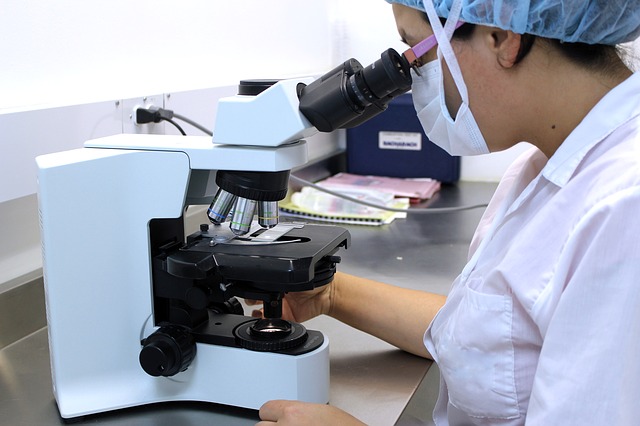In animals including humans, implantation is a fundamental process to get pregnant. The attachment and subsequent invasion of the blastocyst into the endometrium present in the uterus are termed as implantation. In the case of the normal pregnancy cycle, the implantation starts in the 1st week after fertilization. Implantation timing is very important for a successful pregnancy. The maximum time limit for implantation is 8 to 10 days after the creation of blastocyst in ART.
Delayed implantation is one of the primary reasons for miscarriage. However, the implantation process persists during the 2nd week of embryo development. The early phase of the implantation is called "adplantation". During this phase, the freshly hatched blastocyst loosely attached with endometrial epithelium. Then, it is rolling for firm adherence to the eventual implantation site. This is possible if the blastocyst is capable to adhere with the endometrium by building necessary interaction between them within the receptive window period. The subsequent placenta development allows providing maternal support for further development of the embryo, which then gradually turns to the fetus.

Reproductive hormonal balance is essentially required during the menstrual cycle for ovarian functioning to support the conception. Otherwise, hormonal imbalance during the menstrual cycle can cause insufficient implantation and early abortion occurs. Even genetically defective blastocyst unable to develop or implant in the correct manner, which is another cause of early abortion within the first or second week. In addition, some faulty implantation incidence like ectopic can occur when the implantation and development of embryo do not occur within the uterus. Even incorrect placental development also an outcome of abnormal implantation. Hydatiform mole development is an outcome in the case of abnormal blastocyst normally implanted in the uterus.
ART is one of the reproductive treatment approaches that provide the opportunity to normal implantation and development of blastocyst into the uterus.
Some parameters essential for successful implantation are as follows:
Hormonal parameters
The hormonal balance of estrogen and progesterone in ovarian tissue is essential for implantation. These hormones regulate endometrial protein expression, facilitate increased vascular permeability during implantation, which is essential for adhesion and subsequent successful implantation.
Endometrial modulator
Some molecules like cytokines, chemokines, protease are essential for adhesion. In addition growth factor, calcium regulator, nutrients releases from different location helps in blastocyst development.
- Trophinon releases from blastocyst trophectoderm cells and on uterine endometrium epithelial cells help in adhesion by generating trophinin-trophinin binding. The proliferation of blastocyst and adhesion also depends upon the proper adhesion process.
- There are different cytokines like leukemia inhibitory factor (LIF), IL-6 family cytokines, and Interleukin-11 require for implantation.
- Galectin 9 is also an essential factor for the proper functioning of the endometrium and endometrial receptivity.
Embryonic parameters
In ART, embryonic parameters are also essential for successful implantation and further growth of the offspring. In ART, morphological assessment of embryo before implantation become a standard process. A number of the embryo selection process is followed in the modern ART process for the right selection. Apart from morphological assessment, nutrient uptake or metabolite secretion also checked during the right selection of embryo in ART.



